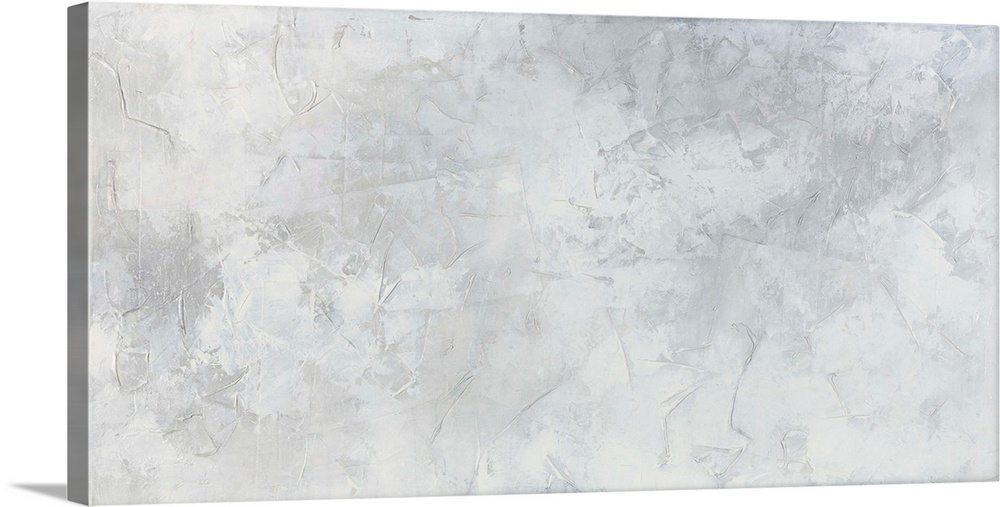
Venetian Gem - Faux Masters Studio Can Be Fun For Anyone
If you're looking for a regal Italian-inspired look, think about a latex colorant in a Mediterranean shade like terra-cotta, lavender, or gold. Photo: flickr. com by means of Mark Nordgren, Don your dust mask, rubber gloves, and protective eyeglasses. Then scoop Check For Updates of tinted joint substance onto a hawk with an eight-inch drywall trowel.
You'll wish to start at the leading left corner and work your way down the surface until it's entirely covered, periodically cleaning up the edge of the trowel with a water-dampened rag to get rid of dried-up joint compound. Let the joint substance dry according to the producer's directions (generally 24 hours), then lightly sand the surface with 60- to 80-grit sandpaper.
After sanding, wipe down the wall with a water-dampened rag to get rid of sanding dust, then let the wall dry entirely. To deepen the color variations in the joint substance, brush pre-tinted glaze over highlights (lighter areas) of the surface area with a paintbrush. Utilize a pattern of x-shaped strokes as in the joint substance coat.

At the same time, if you're after the low-contrast look of limestone, pick a glaze more detailed in color (however still somewhat darker than) the joint compound coat. When the glaze dries entirely, you need to see the spectacular effect of highlights and lowlights in color. Preserve the texture of your Venetian plaster finish by covering it with one coat of a clear water-based sealant using a roller.
Venetian Plaster Inspired Wall by Annie Sloan Can Be Fun For Anyone

To get the appearance of limestone, select a matte sealant. Remove the painter's tape once the sealant is dry to reveal your revamped wall or ceiling. To keep your sealed Venetian plaster clean, dust the surface area on a weekly basis with an electrostatic duster. If you choose to vacuum the surface area, make certain to utilize a soft brush attachment.
When the surface area becomes stained or filthy, tidy it with a soft fabric or tidy sock dampened with a mix of one teaspoon liquid dish soap and four cups of warm water. Make a 2nd pass with a water-dampened cloth to remove the soap service. Follow these techniques, and your Venetian plaster surface must last for years and even decades to come.
The application products you'll require consist of a flexible 10 cm steel trowel, 100 grit and 400-600 grit sandpaper, a deep-well paint tray, and Behr Venetian Plaster and optional Venetian Plaster Overcoat.